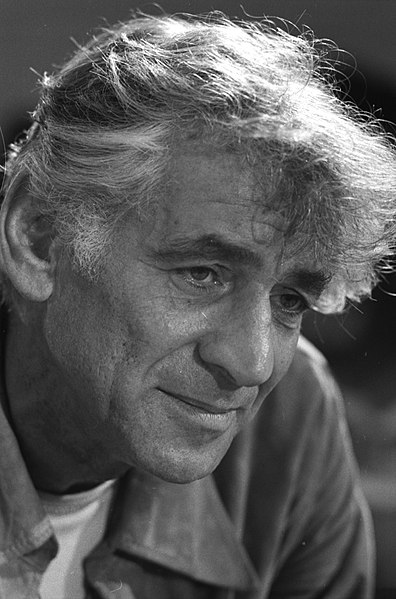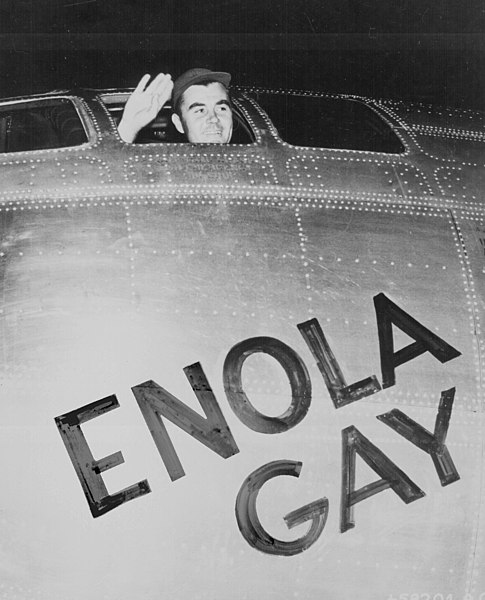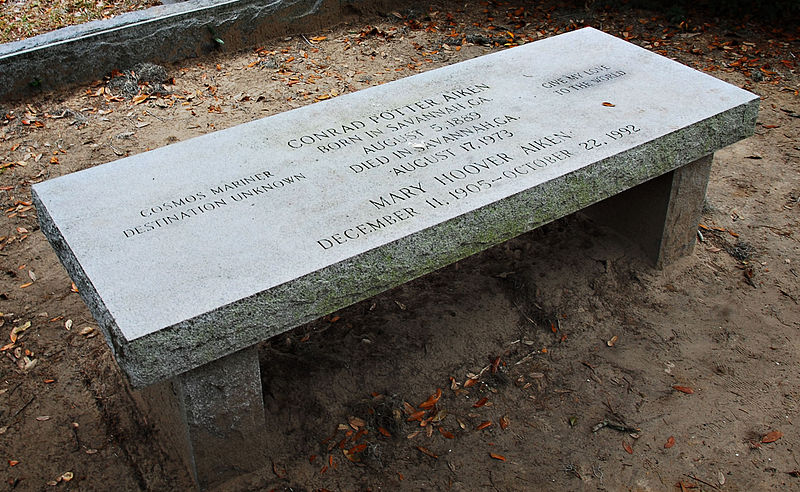Today,August 27, marks the 135th anniversary of the massive volcanic explosion of the Indonesian island known as Krakatoa. The event killed over 36,000 people, sent a measurable shock wave around the world seven times, was distinctly heard 0ver 3000 away, and produced the loudest noise heard in recorded history. Geophysical impacts included a decline of over 2 degrees in the planet's average global temperatures and more than two decades of memorable atmospheric events including, vivid sunsets, lavender suns, and noctilucent clouds.
 |
| The Scream Edvard Munch, 1893 |
This was an astounding event in earth history and a modern-day lesson in the fragile nature of the planet and its inhabitants. As I've said before, nature in all her beauty can be a cruel mother. In light of the recent events like Mount St. Helens, record setting earthquakes, earth-grazing fireballs and meteors, it's also a lesson that radical global climate change could occur tomorrow as well as a century from now. Granted, the sciences in question are little more than 150 years old and we know there are some events beyond our understanding and control. At least we can sleep better knowing that some of our finest earth and space scientists study and stand watch for these threats. I can't imagine a more exciting career than one exploring the far reaches of the planet and its journey in the universe.
 |
| Anak Krakatoa, the new volcano growing in the 1883 caldera |














